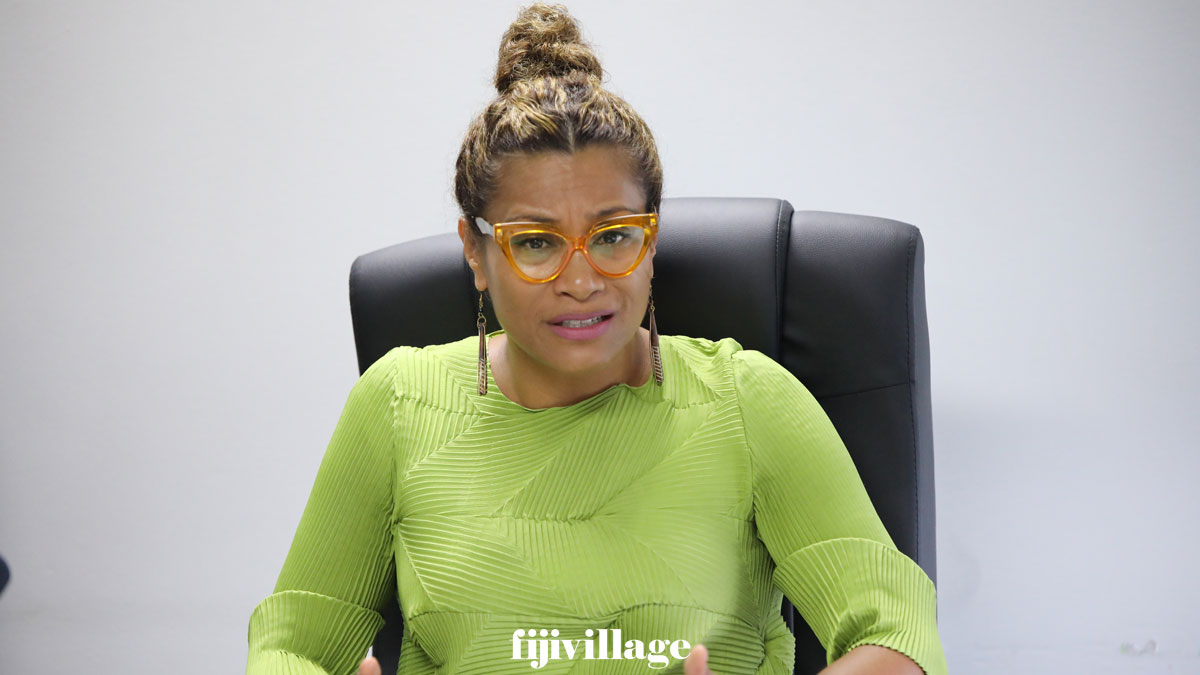
More needs to be done to ensure that our children are in a safe and protected environment after it was revealed that 73 percent of the children born during 2016-2019 to teenage mothers were iTaukei babies and 38 percent were non iTaukei.
The mothers had reported their marital status as single.
According to the “Putting Data and Evidence into Action: An Intersectional Profile of Adolescent Pregnancy and Motherhood in Fiji” report, the adolescent fertility rate is the number of births to women aged 15-19 years per 1,000 women in that age group.
The report says it is a more informative measure of fertility than count data as it takes the population structure into account.
It says that from 2016-2019, the overall annual adolescent fertility rate showed a steady and statistically significant increase from 26 births per 1,000 in 2016 to 34 births per 1,000 in 2019.
The report adds the adolescent fertility rate was higher among mothers of iTaukei children compared to non-iTaukei children, however, both groups saw a steady and statistically significant increase in adolescent fertility from 2016 to 2019, from 30 to 38 births per 1,000 in iTaukei and from 19 to 24 births per 1,000 in non-iTaukei.
It says adolescent fertility rates for mothers aged 10-14 years have not been calculated as the number of births in this age group was too small to establish reliable estimates.
The report also states that the results of the 2021 Fiji Multiple Indicator Cluster Survey identified that during 2019-2021, adolescent fertility progressively increased as the wealth quintile decreased.
It says the adolescent fertility rate (15-19 years) was ten-fold higher in the poorest wealth quintile (52 per 1,000) compared to the richest wealth quintile (5 per 1,000).
By area, the report states, adolescent fertility was 35 percent higher in rural compared to urban areas.
It also highlighted that out of the 791 adolescent girls aged 15-19 years included in the 2021 MICS survey sample, 85 percent reported having heard of a modern method of contraception, while 33 of the girls aged 15-19 years (married and unmarried) reported being sexually active and having a need for family planning, of which only 13.5 percent were able to access a form of modern contraception when they wanted to.
Stay tuned for the latest news on our radio stations


